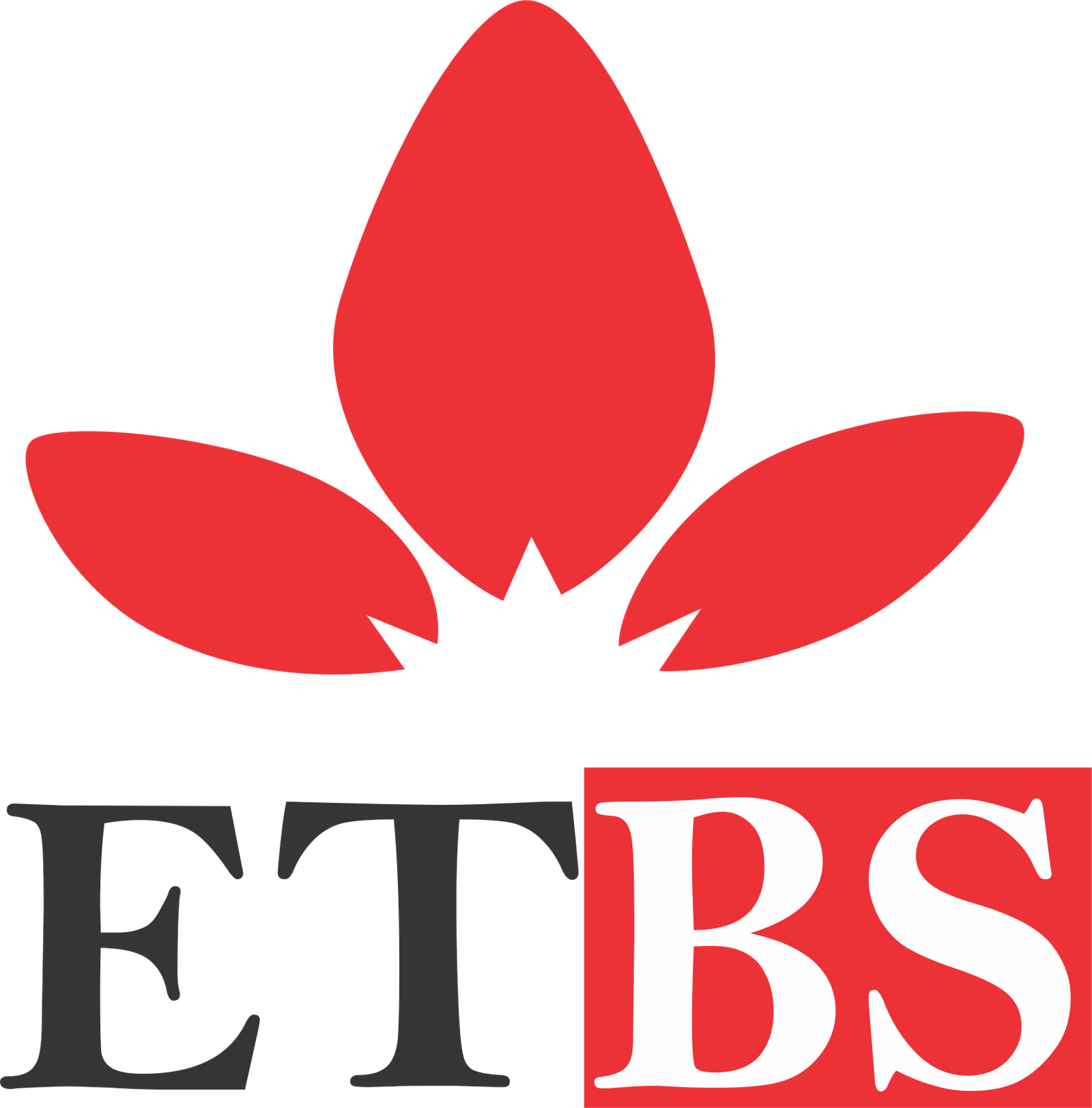 EarthTab Business School
EarthTab Business School
☰
|

Music, at its core, is a structured blend of sound and silence, woven together through a combination of three foundational elements: rhythm, melody, and harmony. These components not only shape the identity of every musical piece but also serve as the tools through which composers, musicians, and producers express emotion, narrative, and culture. This course, Elements of Music: Rhythm, Melody, Harmony, takes you on a deep and enriched journey through the building blocks of all music. Whether the learner is an aspiring musician, a music educator, a producer, or an enthusiast, this course equips them with the theoretical insight and practical competence to analyze, create, and appreciate music at a more advanced level. These three components are the spine of music theory and composition. While timbre, texture, dynamics, and form are important, they rely on these three essentials to take on meaning. Rhythm defines when sounds happen. Melody defines what sounds happen in sequence. Harmony defines how sounds relate to one another simultaneously. Understanding how these interact is crucial to grasping the full language of music. Each module of this course builds towards this integrative understanding. By the end of this course, you will: Understand the principles of rhythm, including beat, tempo, meter, and syncopation. Develop the ability to read, notate, and perform rhythmic patterns with accuracy. Analyze and compose melodic lines, understanding scales, intervals, motifs, and phrasing. Grasp the fundamentals of harmony, including chords, chord progressions, and voice leading. Recognize and evaluate the interplay between rhythm, melody, and harmony in various genres. Apply these elements in both creative and analytical contexts—from composing original music to dissecting classical, jazz, pop, and world music. This course is grounded in both theory and practice. It blends: Detailed theoretical explanation Practical listening exercises Music transcription and analysis Real-world musical examples Composition and improvisation tasks Quizzes and a final exam for retention and mastery Beginner to intermediate music students Instrumentalists and vocalists seeking to strengthen theory skills Music producers and songwriters who want to build better musical structure Music teachers who want a solid framework for curriculum development Enthusiasts eager to deepen their understanding of the music they love Beat, pulse, meter (simple, compound, complex) Time signatures (2/4, 3/4, 4/4, 6/8, odd meters like 5/4 and 7/8) Tempo, syncopation, polyrhythm Rhythmic notation and reading Groove and feel in different genres (e.g., Afrobeat vs. Jazz vs. Classical) Definition and components of melody Stepwise and skip wise motion Melodic contours and phrasing Scales: major, minor, pentatonic, modes Motif, sequence, and melodic development Intervals, consonance and dissonance Triads, seventh chords, extensions Diatonic and chromatic harmony Chord progressions (I-IV-V, ii-V-I, I-vi-IV-V, etc.) Functional harmony and cadences Voice leading and chord voicing How rhythm supports melody and harmony Harmonic rhythm (rate of chord changes) Melodic rhythm vs. background rhythm Layering and orchestration across musical traditions Analyzing popular songs and classical pieces Creating short compositions Group exercises (virtual or in-class) Listening assignments and transcription Module quizzes: 5 multiple-choice questions per module Listening analysis exercises: To be submitted or discussed Creative assignments: Melody or rhythm composition Final 50-question exam (multiple choice, A–D format) Certificate of completion: Based on participation and performance Upon completion, students will: Speak fluently in the language of music theory Compose and analyze music more intelligently and creatively Improve their instrumental or vocal performance through stronger internalization of musical structure Understand how rhythm, melody, and harmony manifest in multiple genres and culturesElements of Music; Rhythm, Melody, Harmony
Why Focus on Rhythm, Melody, and Harmony?
Learning Outcomes
Pedagogical Approach
Who Should Take This Course?
Key Topics Covered
I. Rhythm
II. Melody
III. Harmony
IV. Synthesis of Rhythm, Melody, and Harmony
V. Practical Applications
Assessment Plan
Expected Impact
I look forward to congratulating you upon completion of this course.

Unlocking Professional Potential through world-class assessments and industry-ready training.
"Empowering Professionals through practical, accessible online business education"
- Blessing Princess Agho
 Founder/Lead Instructor
Founder/Lead Instructor